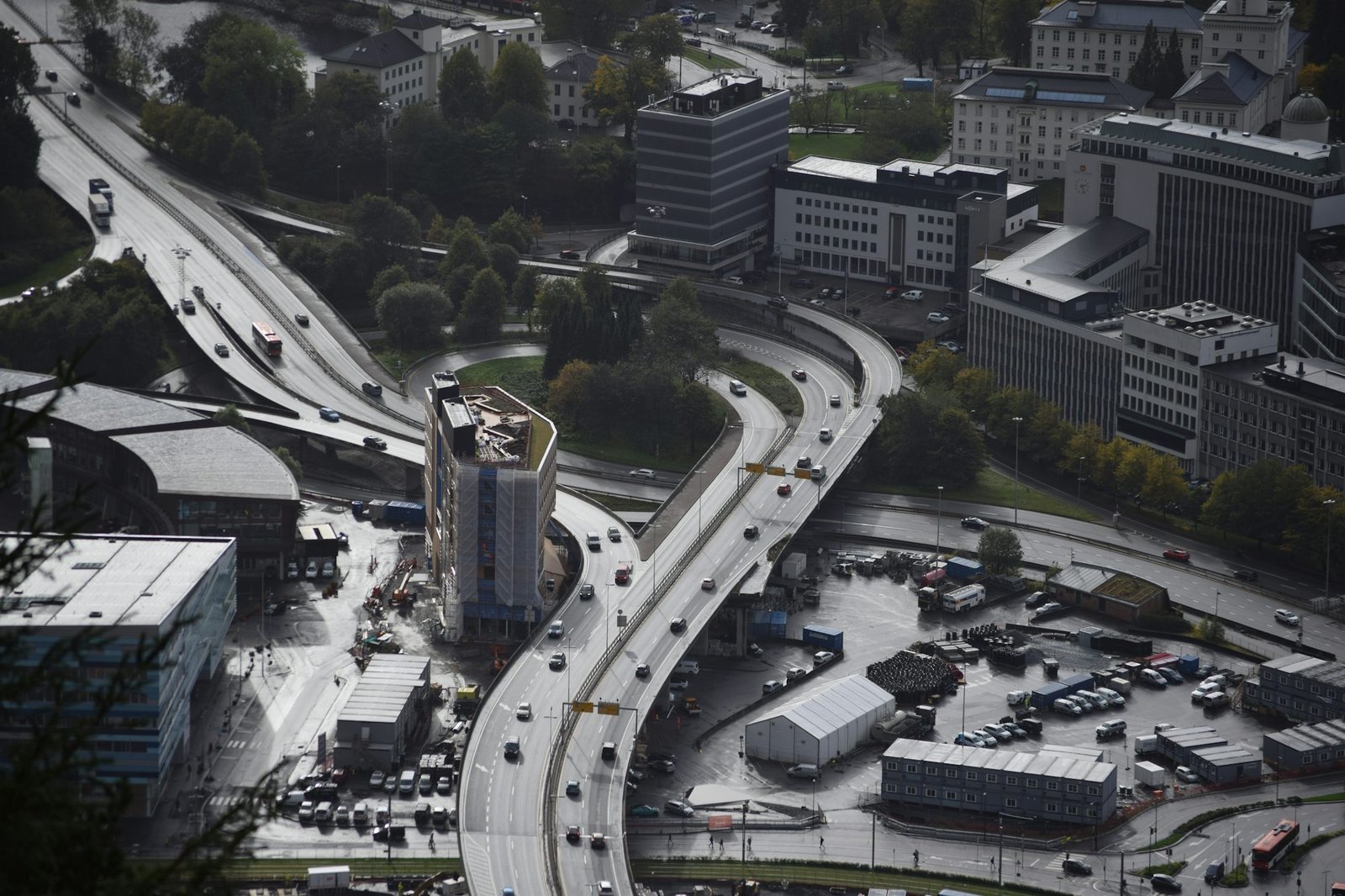revonix.shop
This article explores how various highway designs influence automotive New cars engineering, Luxury cars highlighting Cars the Used cars relationship between Affordable cars road Car models Electric cars infrastructure and vehicle development.
The inception of the Interstate Highway System in the United States in the mid-20th century marked a transformative moment for road travel. These highways were designed for high-speed travel, featuring multiple lanes and controlled access to facilitate smooth traffic flow. This environment has led manufacturers to prioritize speed and stability in vehicle design, resulting in advancements such as improved engine technology and aerodynamics. As families began to take long Cars road trips across states, the demand for comfort also increased, leading to the creation of spacious SUVs and minivans designed for extended journeys.
In contrast, urban highways present unique challenges. These roadways are typically characterized by high traffic volumes and frequent stops, necessitating vehicles that are agile and fuel-efficient. Automakers have responded by focusing on compact designs that can navigate through crowded city streets. The rise of hybrid and electric vehicles can be attributed to the demands of urban environments, where stop-and-go driving consumes more fuel. As cities become increasingly congested, manufacturers are innovating to meet the needs of urban drivers, leading to a greater emphasis on eco-friendly options.
Moreover, the design of toll roads has significantly impacted vehicle development. As drivers are required to pay for access, often during peak hours, the need for efficiency becomes paramount. Vehicles that excel in fuel economy and comfort are more appealing to consumers, particularly on long commutes. The integration of electronic toll systems has encouraged innovations such as smart navigation and adaptive cruise control, allowing vehicles to optimize their performance based on real-time traffic conditions. This focus on technology not only enhances the driving experience but also positions manufacturers as leaders in the competitive automotive market.
Limited-access highways further enhance the relationship between highway design and automotive engineering. These roads reduce the likelihood of accidents by controlling entry and exit points, promoting smoother traffic flow. Automakers have adapted by incorporating advanced safety features into their designs, such as automatic emergency braking and lane departure warnings. This shift towards Affordable cars safety has driven significant investment in research and development, ensuring vehicles are equipped with the latest technology to protect drivers and passengers.
Rural highways offer another dimension to the discussion of highway design and vehicle innovation. These roads connect less populated areas, requiring vehicles that can handle a variety of conditions, including unpaved surfaces and variable weather. The popularity of SUVs and trucks can be attributed to the need for versatility in rural settings, where drivers often encounter diverse terrains. Manufacturers have recognized this demand, designing vehicles that are not only reliable on highways but also capable of navigating rougher landscapes.
The aesthetic aspect of highway design, particularly with parkways, cannot be overlooked. These scenic routes emphasize leisure and enjoyment, appealing to drivers seeking a pleasant driving experience. Automakers have responded by creating vehicles that prioritize comfort and luxury, featuring high-quality interiors and advanced infotainment systems. This trend reflects a growing consumer desire for vehicles that provide not Car models only functionality but also pleasure during travel. As road trips regain popularity, manufacturers are increasingly highlighting these features to attract customers.
European highways, especially the Autobahns, provide a unique case study in how highway design influences automotive engineering. Known for their high-speed limits and efficiency, these roads challenge manufacturers to produce vehicles that excel at high speeds while maintaining safety. The competitive landscape in Europe has led to innovations in performance vehicles, with a focus on power, aerodynamics, and Electric cars handling. This environment encourages automakers to push the boundaries of technology, resulting in luxury cars equipped with advanced performance features that appeal to consumers seeking speed and refinement.
As we look to the future, Used cars the rise of autonomous vehicles is poised to reshape the relationship between highway design and automotive engineering. With the advent of artificial intelligence and smart technologies, the potential for self-driving cars is becoming increasingly feasible. Highway Luxury cars systems will need to adapt, incorporating features that facilitate the safe and efficient operation of autonomous vehicles. This may include dedicated lanes, smart traffic signals, and real-time communication between vehicles and infrastructure. Manufacturers are already investing heavily in this technology, positioning themselves at the forefront of a new era in automotive design.
In conclusion, the interplay between highway design and automotive engineering is a dynamic and evolving relationship. Each type of highway presents distinct challenges and opportunities that influence vehicle development in significant ways. From the high-speed demands of interstates to the agility required for urban driving and the versatility needed for rural routes, manufacturers must continuously innovate to meet the changing needs of consumers. As technology advances and highway systems evolve, the future of automotive engineering will undoubtedly be shaped by these critical infrastructures.